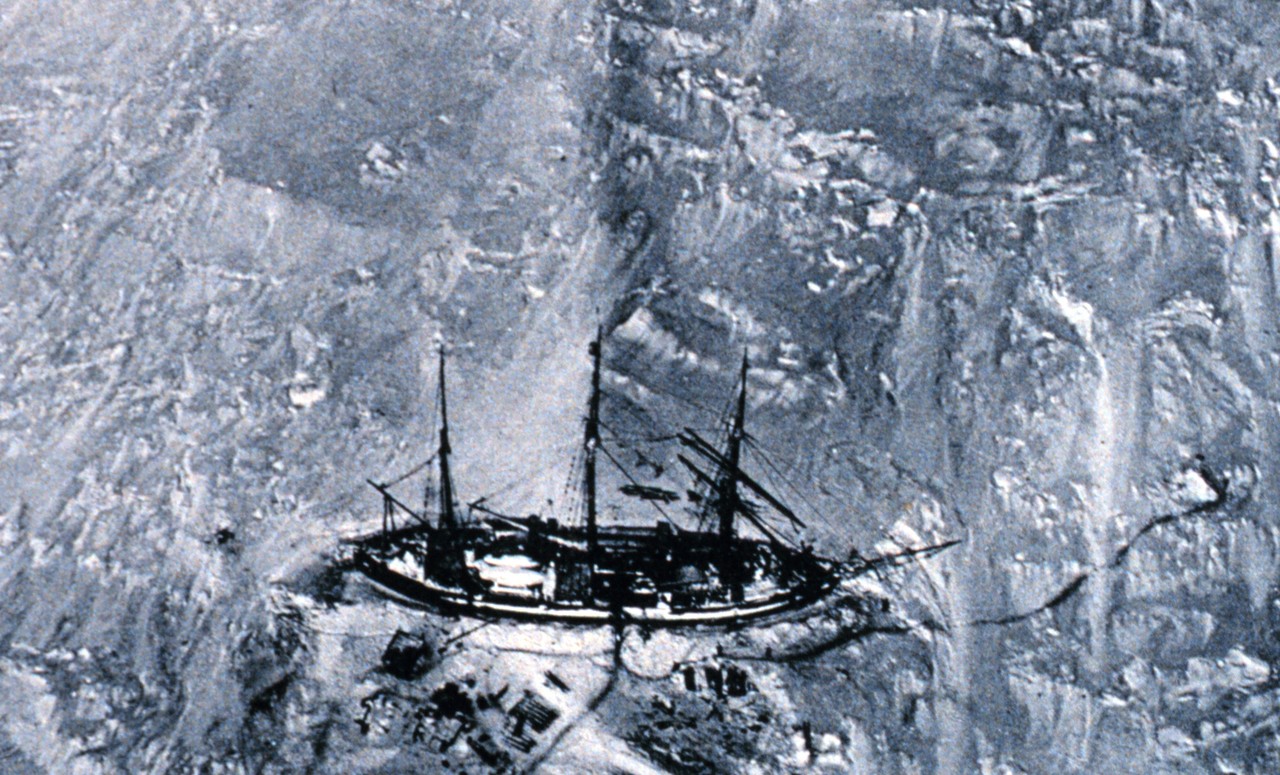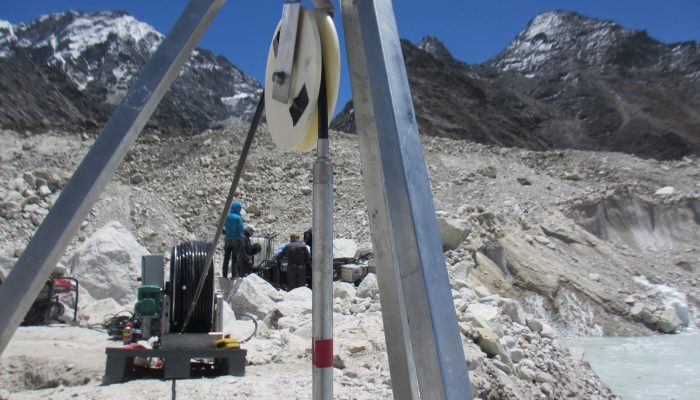Public engagement and outreach in science is a big deal right now. In cryospheric science the need to inform the public about our research is vital to enable more people to understand how climate change is affecting water resources and sea level rise globally. There is also no better way to enthuse people about science than to involve them in it. However, bringing the cryosphere to the public is a ...[Read More]
Image of the Week – See sea ice from 1901!

The EGU Cryosphere blog has reported on several studies of Antarctic sea ice (for example, here and here) made from high-tech satellites, but these records only extend back to the 1970s, when the satellite records began. Is it possible to work out what sea ice conditions were like before this time? The short answer is YES…or this would be a very boring blog post! Read on to find out how hero ...[Read More]
Image of the week – Micro-organisms on Ice!

The cold icy surface of a glacier doesn’t seem like an environment where life should exist, but if you look closely you may be surprised! Glaciers are not only locations studied by glaciologists and physical scientists, but are also of great interest to microbiologists and ecologists. In fact, understanding the interaction between ice and microbiology is essential to fully understand the gla ...[Read More]
Image of the Week – A new way to compute ice dynamic changes
Up to now, ice sheet mass changes due to ice dynamics have been computed from satellite observations that suffer from sparse coverage in time and space. A new method allows us to compute these changes on much wider temporal and spatial scales. But how does this method work? Let us discover the different steps by having a look at Enderby Land in East Antarctica, for which ice velocities are shown i ...[Read More]
Image of the Week – Drilling into a Himalayan glacier

How water travels through and beneath the interior of debris-covered glaciers is poorly understood, partly because it can be difficult to access these glaciers at all, never mind explore their interiors. In this Image of the Week, find out how these aspects can be investigated by drilling holes all the way through the ice… Hydrological features of debris-covered glaciers Debris-covered glaciers ca ...[Read More]
Image of the Week – Fifty shades of snow

When I think of snow, I tend to either think about the bright white ski slopes in the mountains or the large white areas in the Arctic. However, natural phenomena can lead to colorful snow. Our Image of the Week shows snow can be green! Snow can also turn orange, pinkish, grey and even yellow… But where do these different shades of snow come from? White The most common color of snow is white (see ...[Read More]
Image of the Week – Summer is fieldwork season at EastGRIP!
As the days get very long, summer is a popular season for conducting fieldwork at high latitudes. At the North East Greenland Ice Stream (NEGIS), the East Greenland Ice-core Project (EastGRIP) is ongoing. Several scientists are busy drilling an ice core through the ice sheet to the very bottom, in continuation to previous years (see here and here). This year, amongst others, several members from t ...[Read More]
Image of the Week — High altitudes slow down Antarctica’s warming
When it comes to climate change, the Arctic and the Antarctic are poles apart. At the north of the planet, temperatures are increasing twice as fast as in the rest of the globe, while warming in Antarctica has been milder. A recent study published in Earth System Dynamics shows that the high elevation of Antarctica might help explain why the two poles are warming at different speeds. The Arctic vs ...[Read More]
Image of the Week – The birth of a sea-ice dragon!

Dragon-skin ice may sound like the name of an episode of the Game of Thrones fantasy franchise. However, this fantasy name hides a rare and bizarre type of ice formation that you can see in our Image of the Week. It has been recently observed by the “Polynyas, ice production and seasonal evolution in the Ross Sea” (PIPERS) research team in Antarctica. This bizarre phenomenon caused by ...[Read More]
Image of the Week – Heat waves during Polar Night!
The winter 2016-2017 has been one of the hottest on record in the Arctic. In our Image of the Week, you can see that air temperatures were positive in the middle of the winter! Let’s talk about the reasons and implications of this warm Arctic winter. But first, let’s take a tour in Svalbard, the gateway to the Arctic… A breach in the one of the world’s largest seed vaults The Global S ...[Read More]


